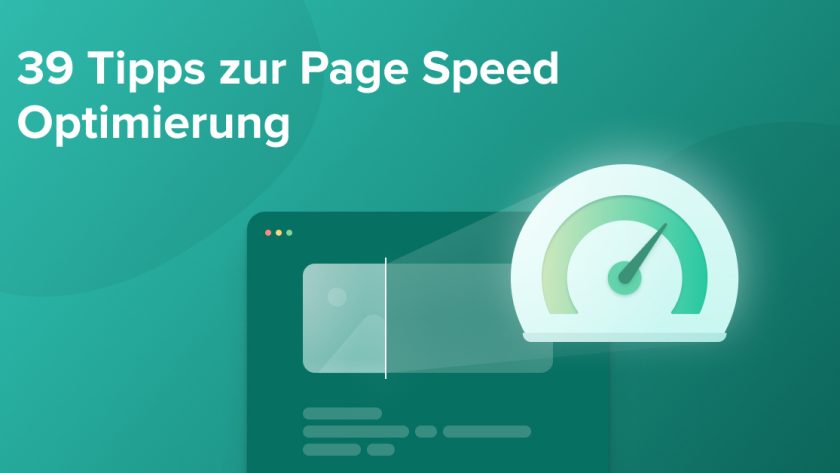In the digital age, Pagespeed Ladezeit Webseite optimieren verbessern where attention spans are short and competition is fierce, the speed at which a website loads can make a significant difference in its success. PageSpeed, a metric that measures how fast a web page loads, has emerged as a critical factor in determining user experience and website performance.
What is PageSpeed?
PageSpeed refers to the time it takes for a web page to fully display its content and become interactive. It encompasses various factors, including server response time, browser rendering, and the loading of images, scripts, and other elements. Essentially, it reflects the overall performance of a webpage in delivering content to the user’s device.
Importance of PageSpeed:
- User Experience: Slow-loading pages frustrate users and often lead to higher bounce rates. In today’s fast-paced world, users expect instant access to information. A fast-loading website provides a seamless and enjoyable experience, encouraging users to stay longer and explore further.
- Search Engine Rankings: Search engines like Google prioritize user experience, and PageSpeed is a crucial factor in their ranking algorithms. Websites with faster loading times tend to rank higher in search results, improving visibility and organic traffic.
- Conversion Rates: Studies have shown a direct correlation between PageSpeed and conversion rates. Faster websites tend to have higher conversion rates as they offer a smoother path for users to navigate, leading to increased sales, sign-ups, or other desired actions.
Ways to Optimize PageSpeed:
- Image Optimization: Compressing images without compromising quality can significantly reduce page load times. Using the correct image format (such as WebP) and implementing lazy loading (loading images as the user scrolls) can further enhance performance.




